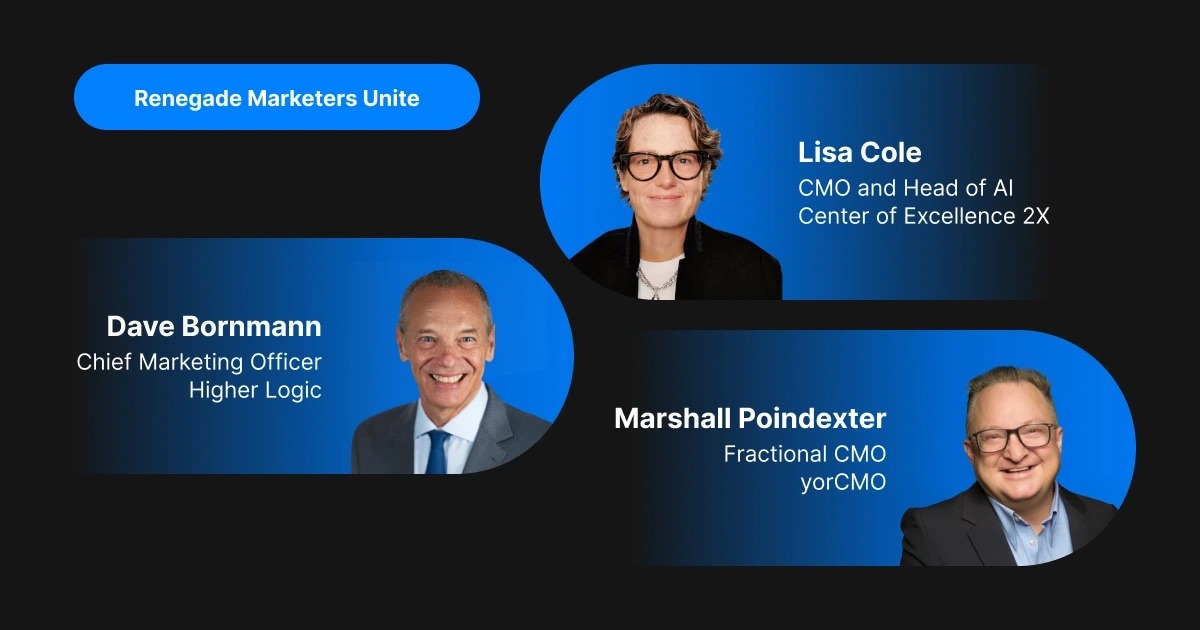March 2, 2020 | Blog
Avoid these 8 common SEO mistakes in B2B content marketing

Without good B2B content marketing that drives sales, every campaign is doomed to failure. But there’s another problem to consider: what is the point of having great content if no one can find it?
Before we dive into common SEO mistakes committed in content marketing, let’s look into the anatomy of B2B campaigns to better understand the connection between content, the buyer’s journey, and SEO.
A typical content marketing campaign consist of two components:
Gated content – This refers to assets like white papers, webinars, and case studies. The primary goal of running a campaign is to generate leads from gated content.
Traffic-driving channels – This includes search ads, email campaigns, SEO, and social media platforms like Facebook and LinkedIn.
SEO is one of the channels that connects your audience to your gated content. But unlike other channels, SEO is the only organic channel that doesn’t require paying for clicks. Visibility on search engines is owned—not bought—so the target audience has more trust in it.
Unfortunately, many B2B writers—and even the marketing leaders who are involved in planning the campaigns in the first place—neglect to optimize for SEO and end up with content that has no visibility on search engines, fails to generate organic traffic over time, and has a short lifespan that depends mainly on other channels to generate traffic. In the end, that limits the potential of the content to reach the audience, no matter what part of the buying cycle is being targeted.
Common SEO Mistakes and How to Avoid Them
Let’s look into the common SEO mistakes made and how content marketers can avoid them.
Mistake #1: Not doing (proper) keyword research
The purpose of any search engine is to help users find answers to questions, a solution to problems, or information about products or services. It depends solely on the inquiries used by the users.
By doing keyword research about the topic you plan to write about, you might find important questions that are frequently asked, but no one has given a proper answer to. Those hints can help you understand your audience more and improve the impact of the content.
A common misconception is that SEO keywords-focused writing forces a writer to focus only on keywords rather than the readers. This is simply not true. Keyword research should help you learn about your audience so your content can provide more value to them.
Sometimes, marketers think the answer is to try and stuff keywords everywhere, or pivot content around generic competitive keywords, instead of focusing on the problems you are trying to solve for your reader. A better tactic is to think of keyword research just like any other topic research done to learn about the topic before deciding on the best angle for the target audience.
Google cares about content value, and if the writing is aligned with that and there is enough search volume for that topic, your content will end up ranking for more keywords and have higher visibility in search results.
Mistake #2: Structuring content with the wrong headings
Having the right content structure is not only good for search engines, but it’s also important for readers. A good structure for SEO has a smooth transition from one point to another, until it concludes.
Why is that important for SEO?
Search engines crawl sites, but they can only read code. Even if the content is structured well, if it isn’t labeled correctly, the crawlers will report back that the content is poorly structured and bad for readers.
Headings tags are used to mark content: the H1 is assigned to the main title or topic of that page, H2 is for the subheadings, and H3 is for sub-subheadings. That’s how search engines understand content structure.
A common mistake is to assign multiple H1s or multiple H2s without a clear structure. It’s okay to have multiple H1s if you have two primary topics on the same page, but it’s not a good practice to place the H1 or H2 tag randomly.
Heading tags are an opportunity to include keywords as well. If you plan it correctly, you can include long-tail keywords, which further improves your chances of ranking for more keywords.
Mistake #3: Neglecting page optimization
Page optimization is essential for any piece of content, and though simple, it’s neglected by many content marketers.
There are two components to optimize:
- Meta tags – page title, URL, meta description
- Content – keywords inclusion, headings, internal linking, CTAs
B2B content marketers often make the mistake of only focusing on the writing, but a good practice is to include the primary keywords in your page title, URL, and H1 heading. Secondary keywords should be placed within the content or on secondary headings.
Mistake #4: Forgetting to link your content internally
An internal link is anchor text that points to another page on the same website. When other content items are relevant, it’s important to link them.
Internal linking strengthens the overall site hierarchy and helps crawlers find and index content faster. In addition, it helps visitors find other relevant content and topics that might pique their curiosity to discover more about your business.
Mistake #5: Including only one (or no) outbound links
Outbound links from trusted sources add to the credibility of your content, and it shows that a writer did research on the topic and cited sources to prove or strengthen a point. It’s a best practice for SEO to include at least two or three external sources from reputable sites.
Mistake #6: Writing weak calls to action (CTAs)
Always remember, the end goal is to deliver value to readers and leads to your sales team.
The purpose of writing great content and offering it for free is to generate traffic that converts into leads. Without placing CTAs that encourage further engagement, we risk losing important opportunities.
(Tip: With long-form content, place a light call to action in the middle when it makes sense, in addition to one at the end.)
Mistake #7: Failing to promote or update your content
Google’s search engine algorithm has multiple components, and one of the primary ingredients is link mentions from trustworthy external sources. Without these links, the algorithm can’t tell if your content is better than someone else’s.
Even if the content is perfectly written and optimized, it’s still not enough to push it to page 1 or even page 2. You need to promote it actively by sharing it on your social networks, running email campaigns or ads to drive traffic to that content, and building links with outreach campaigns.
Another related mistake is to promote content when it’s published and promptly forget about it. Google relies on signals from multiple sources over time, so if content only receives attention on the first few days it’s published, it could signal that the content is not worthy of being on page 1. The best practice is to promote your content continually and actively update it with relevant information over time.
Mistake #8: Ignoring content atomization
First coined by Todd Defren from SHIFT Communications, content atomization is defined as “Taking a strong content marketing platform or theme, and executing it in many, strategically sound ways.”
Good content is expensive to produce, and it takes time, energy, and resources. With content atomization, this effort can be distributed more efficiently. Long-form content can be broken down into smaller chunks that reach a wider audience.
This provides a slew of SEO benefits, including more opportunities to rank for relevant keywords, as well as more links and mentions from that same piece of content due to greater visibility.
Conclusion
Writing B2B content is complex and expensive. It requires resources and skills to create a compelling piece of content that resonates with the target audience and drives sales. By avoiding these common SEO mistakes, you can boost the results of your content marketing efforts, leading to better ROI from your content over a longer period of time.
Did you know that 72% of online marketers describe content marketing as their most effective SEO tactic? Contact us to learn more about how to optimize your content for search engines and get the most out of it.



